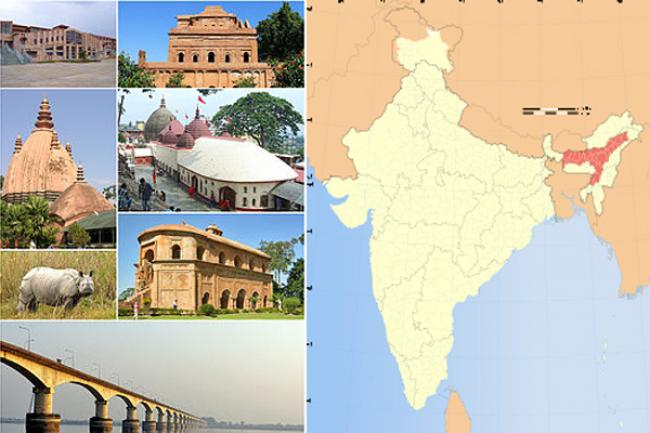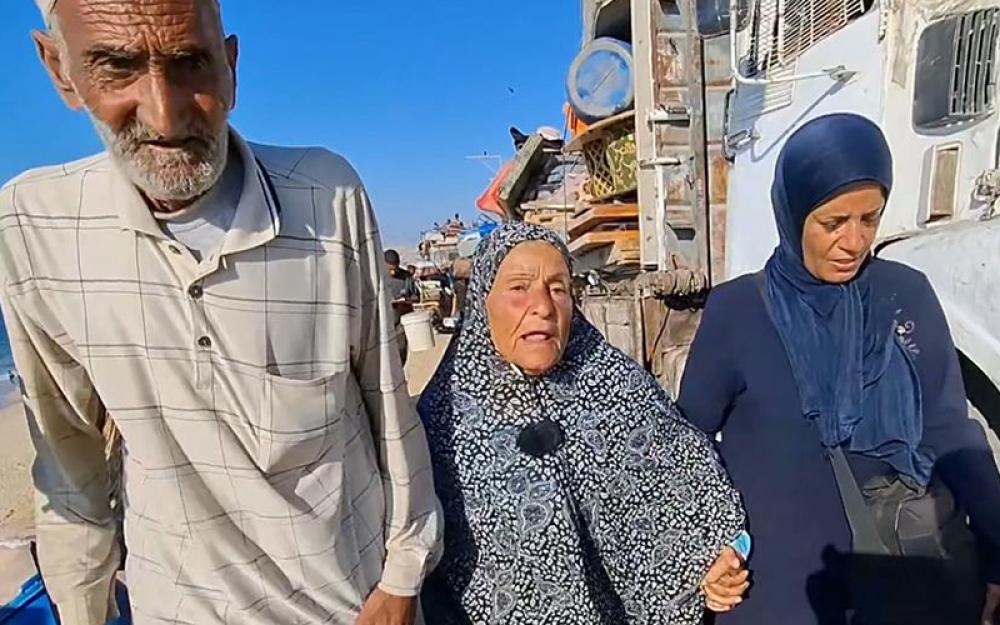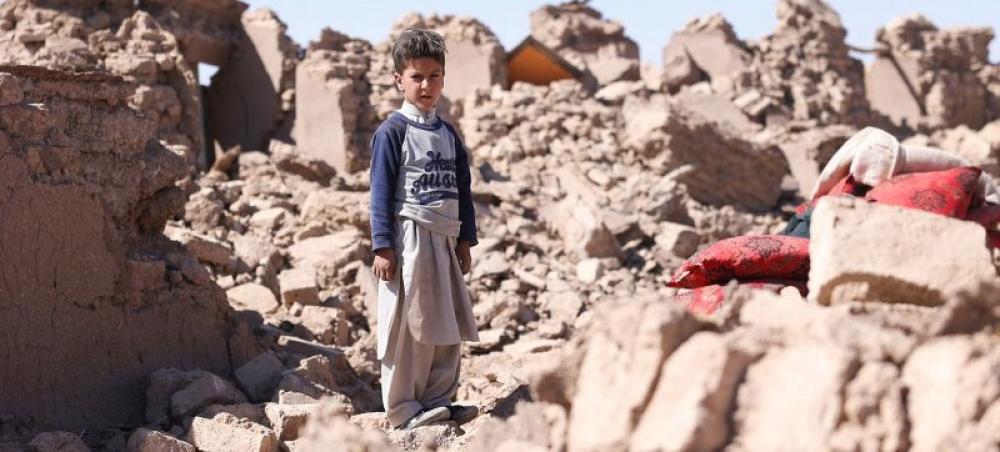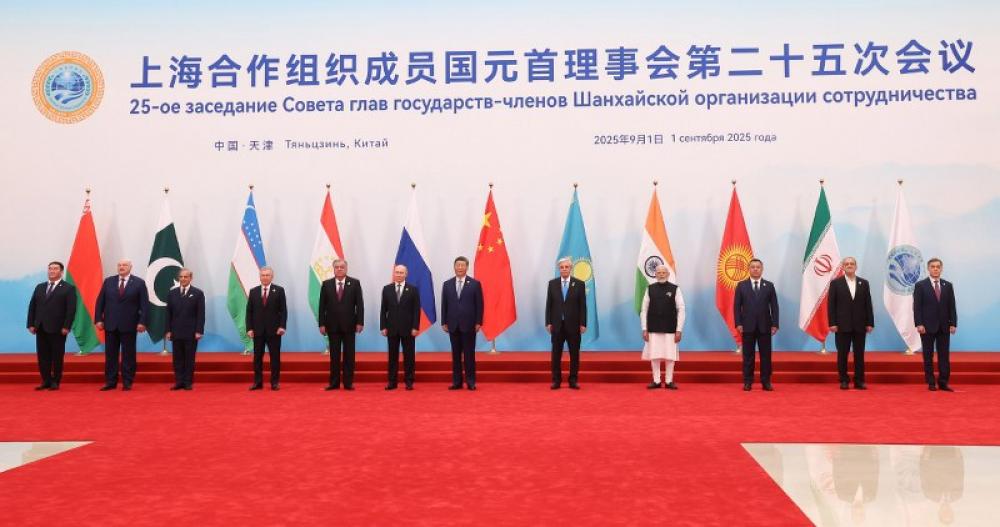By Giriraj Bhattacharjee 10 Mar 2015, 06:46 am Print

In an encounter on February 9, 2015, Security Forces (SFs), killed a cadre of the I.K. Songbijit faction of the National Democratic Front of Bodoland (NDFB-IKS), identified as Orga, at Fulkumari Forest in Kokrajhar District.
According to the South Asia Terrorism Portal (SATP) database, a total of 13 persons, including three civilians, one trooper and nine militants, have already been killed in insurgency-related incidents across the State in 2015 (data till March 8, 2015).
2014 had registered an overall rise in insurgency-related violence in the State. As against 101 fatalities, including 35 civilians, six SF personnel and 60 militants in 2013, year 2014 recorded a total of 305 fatalities, including 184 civilians, five SF personnel and 116 militants, an increase of nearly 202 per cent. In 2012, overall fatalities stood at 91, including 32 civilians, four SF personnel and 55 militants. The trend of overall fatalities has remained erratic in the State, but recorded a sustained decline between 2010 and 2012.
Worryingly, in 2014, Assam recorded the highest number of civilian fatalities since 2008, when civilian fatalities stood at 224. The number of civilian fatalities in Assam in 2014, at 184, was more than triple the combined total of civilian fatalities in the remaining six insurgency-affected states of the northeast, at 61.
In the worst incident of civilian killings, at least 69 Adivasis were killed by NDFB-IKS militants in Sonitpur, Kokrajhar and Chirang Districts on December 23, 2014. NDFB-IKS's strategy of similar "soft target" killings also included the slaughter of 46 Muslim settlers in Baksa and Kokrajhar Districts in May 2014.
In terms of overall fatalities Assam is now the worst-affected State in India, with 305 fatalities, followed, by Jammu & Kashmir (193) and, within the Northeast, by Meghalaya (76), Manipur (54), Nagaland (15), Arunachal Pradesh (9), Tripura (4) and Mizoram (2). Assam accounted for 66 per cent of the 465 fatalities in the Northeast through 2014.
Other parameters of violence also witnessed increases through 2014. The number of major incidents (each involving three or more fatalities) and resultant fatalities increased from four and 19, respectively, in 2013, to 18 and 181, respectively, in 2014. Also, after a gap of two years, the State witnessed attacks on non-locals - three incidents in which eight people were killed. No such attacks were reported through 2012 and 2013. Though the number of explosions decreased from 22 in 2013 to 20 in 2014, the resultant fatalities increased from four in 2013 to eight in 2014.
In 2014, killings were reported from 19 Districts, as against 14 in 2013, out of a total of 27 Districts. The Districts from where killings were reported in 2014 were Sonitpur, Baksa, Kokrajhar, Udalguri, Darrang, Barpeta, Karbi Anglong, Dima Hasao, Hailakandi, Goalpara, Dhubri, Nagaon, Golaghat, Sivasagar, Jorhat, Chirang, Tinsukia, Karimganj and Dibrugarh.
Long standing inter-state border disputes involving Assam, Nagaland and Arunachal Pradesh, which periodically lead to violence, resulted in 31 fatalities in Assam during 2014. The role of Nationalist Socialist Council of Nagaland-Isak Muivah (NSCN-IM) and Tani Land National Liberation Tigers (TLNLT), a relatively insignificant group demanding a separate homeland for the Tani people in Arunachal Pradesh, was suspected in these killings.
Recorded cases of abduction and extortion also increased through 2014, as against the preceding year. SATP recorded 44 incidents of abduction in 2014 in which 65 persons were abducted; in 2013, these numbers stood at 36 and 60, respectively. As many such incidents go unreported, these numbers are certainly likely a gross underestimate. Indeed, a July 16, 2014, report, claimed that, over the preceding last five years, more than 1,300 cases of abduction had been filed in the Bodoland Territorial Area Districts (BTAD) areas alone. BTAD comprises of four Districts - Baksa, Kokrajhar, Udalguri, and Chirang - of Assam's 27, of which 25 are insurgency affected.
The SATP database also recorded nine cases of extortion in 2014, as against ten in 2013. According to media reports, however, the State had registered over 4,500 cases of extortion between January 2010 and June 2014. A Police official quoting official records, disclosed, in August 2014, "In 2010, total 909 cases of extortion were registered across Assam. The figures kept going up. In 2011, it was 992, followed by 1,074 in 2012. Last year [2013], there were 1,214 registered extortion cases. This year [2014], around 450 such cases were registered in the first six months".
Worryingly, eight militant groups - ULFA-I, NDFB-IKS, Karbi People's Liberation Tigers (KPLT), Kamatapur Liberation organisation (KLO), Harkat-ul Mujahideen (HuM-Assam unit), Muslim United Liberation Tigers of Assam (MULTA), Communist Party of India (CPI-Maoist) and Jama'atul Mujahideen Bangladesh (JMB) - presently remain active in Assam. Among these, NDFB-IKS dominated the insurgency scenario in 2014. Of the 182 civilian fatalities (out of a total of 184) in which insurgent outfits were thought to be involved, NDFB-IKS was found to be implicated in 137 (in 25 incidents); followed by NSCN-IM, 16 civilian killings (single incident); ULFA-I, five civilian fatalities (four incidents); KPLT, four civilian deaths (three incidents), National Santhal Liberation Army (NSLA), three civilian fatalities (one incident); National Social Council of Adivasis (NSCA), United Democratic Liberation Army (UDLA), NSCN, Karbi National Liberation Army (KNLA),KLO, Ranjan Daimary faction of NDFB (NDFB-RD), one each. 10 civilian fatalities remain unattributed.
Similarly, of the four SFs fatalities (out of a total of five) in which the role of insurgent outfits was identified, NDFB-IKS was found involved in one incident, while the newly formed Karbi outfit, United People's Liberation Army (UPLA), was involved in the killing of three SF personnel. In the worst incident, on June 5-6, 2014, Superintendent of Police (SP-Karbi Anglong), Nityananda Goswami, along with his Personal Security Officer (PSO) Ratul Nunisa, was killed during an encounter with UPLA militants in Karbi Anglong District. The killing of one trooper remains unattributed.
NDFB-IKS also lost the largest number of its cadres in clashes with SFs, at 43; followed by the Garo National Liberation Army (GNLA), 15 cadres; KPLT, 15; ULFA-I, six; NSCN-IM, four; three cadres each of KLO and UPLF; and two cadres each of UDLA, KNLA and United A'chik Liberation Army (UALA), one cadre each of the Santhal Tiger Force (STF), Rabha Viper Army (RVA), the Khaplang faction of NSCN (NSCN-K); and one Islamic militant. Further, three cadres of UALA, as well as one cadre each of NDFB-IKS and UDLA, were lynched publicly in separate incidents. Two UPLF militants were killed in factional clashes. ULFA-I executed at least eight of its own cadres, including its 'commander', Partha Gogoi, on the instructions of its 'commander-in-chief', Paresh Baruah, for 'conspiring with Police and SFs to engineer a mass surrender of cadres' over the months of December 2013 to March 2014. The group identity of 10 militants killed remains indeterminate.
Among 405 militants arrested during 2014, 65 belonged to NDFB-IKS, followed by KPLT with 41 militants and GNLA with 22 militants. Thus far, in 2015, a total of 285 militants have been arrested, including 165 of the NDFB-IKS.
Meanwhile, in mid-February 2015, the Indian Army claimed that the entire top leadership of KPLT had been arrested. An Army release stated, "The operation has decimated the organisation and almost completely wiped out the dreaded KPLT from West Karbi Anglong District of Assam facilitating return of peace in the poorly developed region." Earlier, SFs had arrested 'chairman', 'commander-in-chief', 'deputy chief', 'finance secretary', 'auditor' and 'area commanders' of KPLT in different operations. However, SP (Karbi Anglong), Mugdha Jyoti Mahanta, on February 1, 2015, observed, "But the KPLT now has been split into five groups - KPLT (Buche group), KPLT (Pratap), KPLT (Donri), KPLT (Symbon) and KPLT (Sojong). Some of these groups have six-seven members."
Meanwhile, the fear of these groups developing a nexus or coming together has worried the State Government. On July 7, 2014, Chief Minister Tarun Gogoi, during his meeting with Prime Minister Narendra Modi, reportedly stated, "The Maoist problem poses a threat; some of the insurgent groups have joined hands with the Maoists. The problem has to be nipped in the bud. There isn't much difference between the insurgent groups and the Maoists." Elaborating on the nexus between the jihadis and the tribal extremists, Assam Director General of Police (DGP) Khagen Sarma noted, on November 14, 2014, that they had been found to be using each other's resources. Almost all militant outfits in the State, including the United Liberation Front of Asom (ULFA) and the National Democratic Front of Bodoland were in league with the jihadis, the DGP noted. Further, according to a February 23, 2015, report, ULFA-I's Paresh Baruah was planning to band together some 14 insurgent groups in the Northeast, to form a 'government-in-exile' by November 2015. The identity of these groups is not yet known.
The transnational jihadi presence in Assam, which was revealed after discovery of theBurdwan Module in West Bengal. After the accidental blast at Burdwan on October 2, 2014, in which two people were killed and another was injured, a total of 17 persons were arrested by the National Investigation Agency (NIA), which took over the case on October 10, 2014. An NIA Press Release on January 28, 2015, claimed that, during the course of investigations, it had been found that operatives of JMB had established their networks in different Districts of West Bengal, Assam and Jharkhand, particularly in Murshidabad, Nadia, Malda, Birbhum and Burdwan in West Bengal; Barpeta in Assam; and Sahibganj and Pakur in Jharkhand. Moreover, the formation of Al Qaeda in the Indian Subcontinent (AQIS), with Assam specifically mentioned as its target (along with Gujarat and Jammu and Kashmir) by Al Qaeda leader Ayman al Zawahiri, gives new cause for concern for the security establishment in a demographically and ethnically volatile State.
In the meantime, Suspension of Operation (SoO) agreements, wrongly described [on January 26, 2015] by Chief Minister Gogoi as a 'success' in mainstreaming militant groups, have only brought hardship to the people inhabiting remote areas of the State. A June 21, 2014, report claimed that people living in more than 2,000 villages stretching from Mazbat [Udalguri District] to Gohpur [Sonitpur District], had alleged that, taking advantage of the SoO pacts with the Government, Bodo and Adivasis militants were moving openly in the area, engaging in abduction and extortion before the very eyes of the Police. Interestingly, the present Joint Intelligence Committee (JIC) Chairman, R.N. Ravi in an opinion piece published on May 8, 2014, following the NDFB-IKS massacre of Muslims, summed up the existing SoO mechanism as:
They (militants) summarily remove any resistance to their writs by demonstrative killings. They control contracts for Government works and dominate the lucrative trade in legal and illicit forest assets. Besides, the Government gives them hefty cash (sic) every month in the guise of maintenance of their cadres and sustenance of 'political' activities of their leaders. They are allowed to retain their military hardware and continue their military operations with a rider that they must not attack the security forces. In this paradigm of peace the militias and the security forces of the state are at mutual peace while the people remain at the receiving end of the both.
13 militant groups are currently under SoO agreements with the Government. The Assam Government has spent over INR 9 million on the maintenance of 3,930 cadres of these groups in 24 designated camps. However, no new SoO agreement was signed in 2014.
Significantly, the opportunities created by the sharp decline in fatalities witnessed in the State, starting from 2010 and lasting till 2013, primarily due to increasingBangladeshi cooperation, have not been used to strengthen the law and order infrastructure. State Environment and Forest Minister Rockybul Hussain, while replying on behalf of Chief Minister Gogoi, who also holds the Home portfolio, on August 4, 2014, disclosed that 14,356 posts out of the 75,559 sanctioned posts in the Police Department, were vacant. Further, the State failed to utilize INR 10 million of the total INR 12.12 million Central funds released for modernization of the Assam Police between 2011-12 and 2013-14.
As of December 31, 2013, Assam had a Police-population ration of 173 per 100,000, significantly higher than the national average of 141, but lesser than all the other States of the Northeast. Given the ethnic, religious and territorial faultlines existing in the State, its strategic location with shared international borders with Bangladesh, Bhutan and inter-state boundaries with five other Northeastern states, and no strategy for closure of the multiple and enduring conflicts, a sufficiently numbered, better trained and equipped Police Force has become an urgent precondition to peace and development. The periodic rushing in of Central Forces in the aftermath of violent conflagrations, and the signing of peace agreements with various ethnic insurgents cannot provide any lasting solution to the protracted problems afflicting Assam.
- Afghan media claims ISIS-K still operates in Pakistan — Peshawar killing raises alarm
- Pakistan: Balochistan bomb blast leaves eight people, including 7 Levis personnel, injured
- Pakistan: Police kill three gunmen during encounter
- Pakistani politician survives blast inside Lower South Waziristan mosque
- Israel-Lebanon: IDF eliminates Hezbollah leader Abbas Hassan Karky






